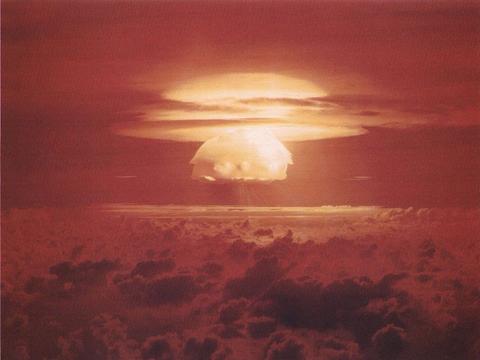
As we discussed yesterday, the rationalists’ way of characterizing war, when subsequently mixed with Napoleonic-Industrial Warfare, became synonymous in the minds of many observers with organized violence itself. The mass bloodletting and sheer entropy experienced by millions in World Wars I & II only reinforced the seeming “rightness” of seeing hard power in this way. One reason for this was that the Allies won – victory, after all, is seldom a spur for soul-searching innovation or doctrinal doubt. Second, the rationalists’ way of “packaging” war had enjoyed a long 130-year run. Given its long tenure, it was possible to forget that the Western Way of War had perhaps undergone nine major transformations (often referred to as “paradigm shifts”) since the 15th century, as the following figure shows. (Of the nine possible shifts, a strong argument can be made that the last four were mutually complementary and reinforced, rather than questioned, the rationalist critique of war popularized by Jomini and his Enlightenment Era predecessors.)
